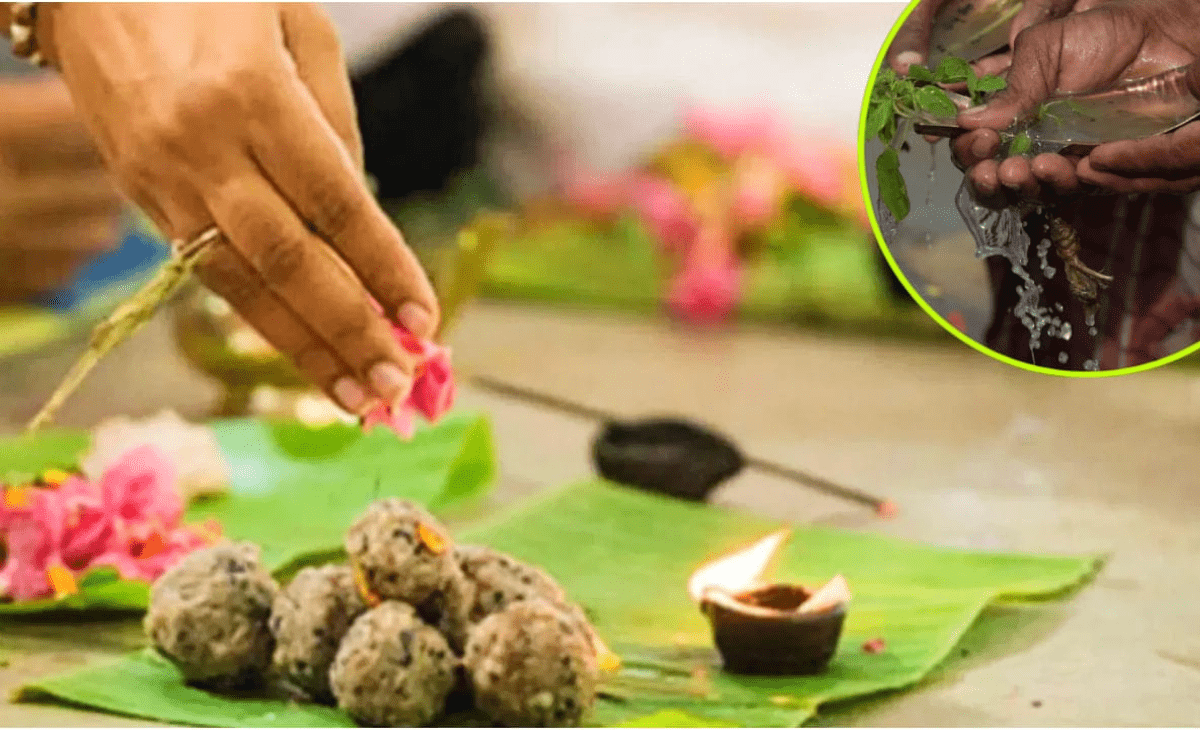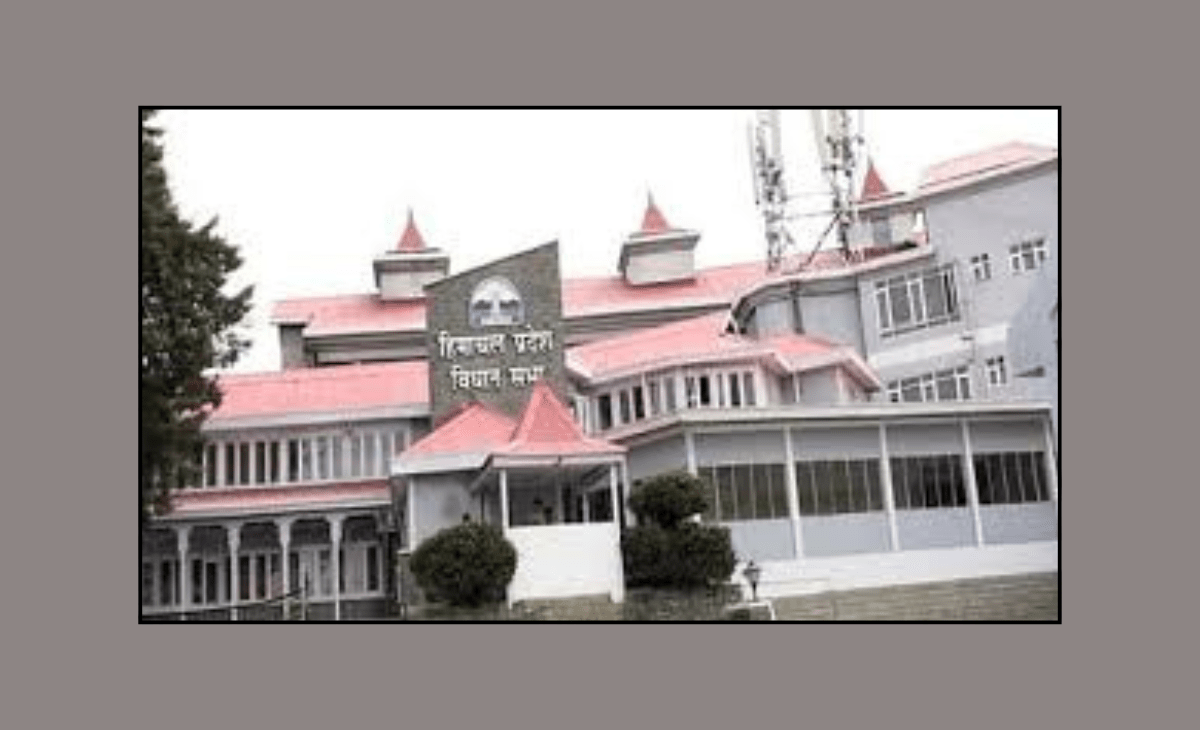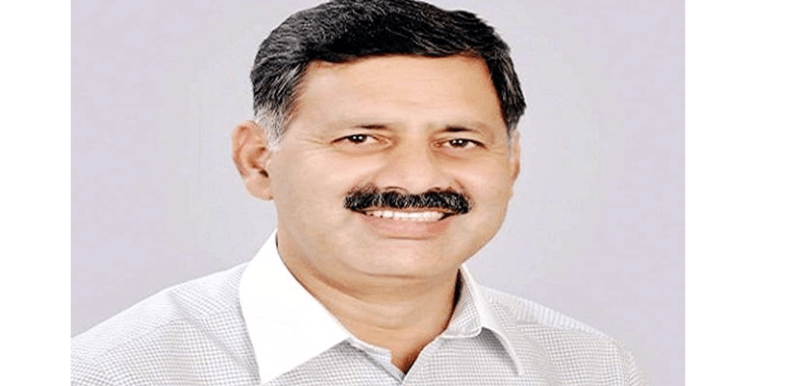Vikal Sharma
Shradh Paksha, also known as Pitru Paksha, is a sacred fortnight in the Hindu calendar devoted to expressing gratitude and reverence toward one’s ancestors. Rooted in Sanatana Dharma, this period is not merely ritualistic—it is a spiritual bridge between generations, a time to acknowledge our lineage and seek blessings from those who came before us.
When Does Shradh Paksha Occur?
Shradh Paksha begins on the full moon day of Bhadrapada and ends on Amavasya (new moon) of Ashwin, spanning approximately 15–16 days. This period is also referred to as Mahalaya, marking the descent of ancestral energies to Earth.

Why Is Shradh Performed?
According to Hindu philosophy:
- After death, the subtle body of a person resides in Pitru Loka, the realm of ancestors.
- Performing Shradh, Tarpan, and Pind Daan ensures the contentment of the departed souls, who in turn bless their descendants.
- The word Shradh itself stems from Shraddha—faith and devotion. Any act done with sincerity in memory of ancestors qualifies as Shradh.
For Whom Is Shradh Performed?
Shradh is performed for parents, grandparents, siblings, and all forefathers. It is not an act of mourning but a gesture of gratitude. Those who perform Shradh are believed to receive blessings for:
- Prosperity
- Good health
- Progeny
- Peace in family life
Neglecting Shradh may lead to Pitra Dosha—ancestral dissatisfaction that manifests as obstacles in life.
Core Rituals of Shradh Paksha
Shradh comprises three main components:
1. Tarpan (Offering of Water)
- Water mixed with sesame seeds (til) and kush grass is offered while chanting “Om Pitṛbhyaḥ Svadhā”.
- This ritual quenches the thirst of the departed souls and transmits energy through sacred elements.
2. Pind Daan (Offering of Food)
- Rice balls (pindas) made of barley, flour, and sesame are offered as symbolic nourishment to ancestors.
3. Feeding Brahmins and Charity
- Brahmins are invited, served food, and given donations.
- It is believed that ancestors partake of these offerings through the Brahmins.
Observances During Shradh Paksha
- Shradh is performed on the tithi (death anniversary) of the ancestor.
- If the date is unknown, rituals are done on Sarva Pitru Amavasya, the final day of Pitru Paksha.
- Practitioners consume only sattvic (pure vegetarian) food.
- Meat, alcohol, and tamasic foods are strictly avoided.
- Service to cows and Brahmins is emphasized.
Outer vs. Inner Tarpan - Outer Tarpan is performed at rivers, ponds, or open spaces.
- Inner Tarpan is a meditative remembrance done mentally.
- Both aim to transmit spiritual energy to ancestors through water, sesame, and mantras.
Scriptural References
Shradh finds mention in:
- Garuda Purana
- Mahabharata (Anushasana Parva)
- Bhagavad Gita (as Pitra Yajna)
Historical examples include:
- Lord Rama performing Shradh for King Dasharatha
- Pandavas honoring fallen relatives after the Kurukshetra war
The Essence of Shradh
At its heart, Shradh is about:
- Gratitude for those who shaped our existence
- Spiritual connection across generations
- Healing ancestral karma and fulfilling Pitra Rin (ancestral debt)
Shradh Paksha is not just a ritual—it’s a soulful dialogue with our lineage. In honoring our ancestors, we honor ourselves. Through Shradh, Tarpan, and charity, we invite peace into our homes and harmony into our karmic journey.

Vikal Sharma





